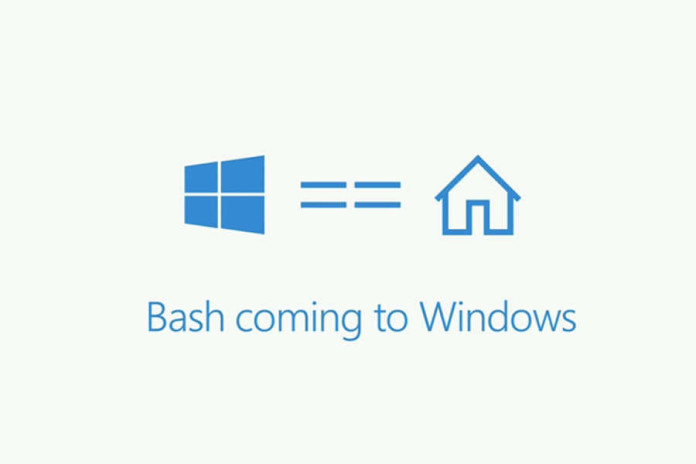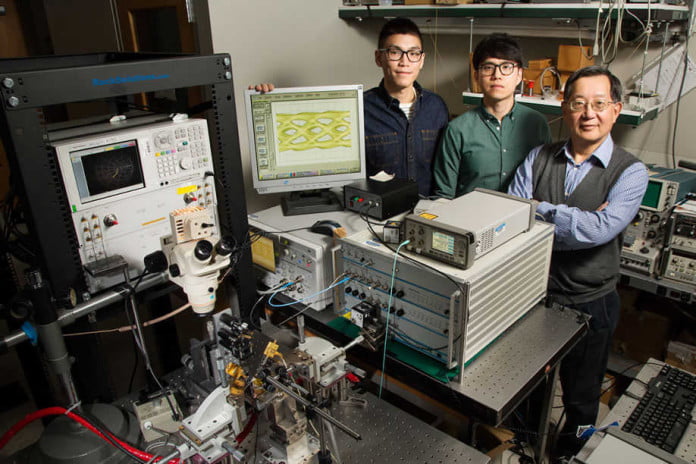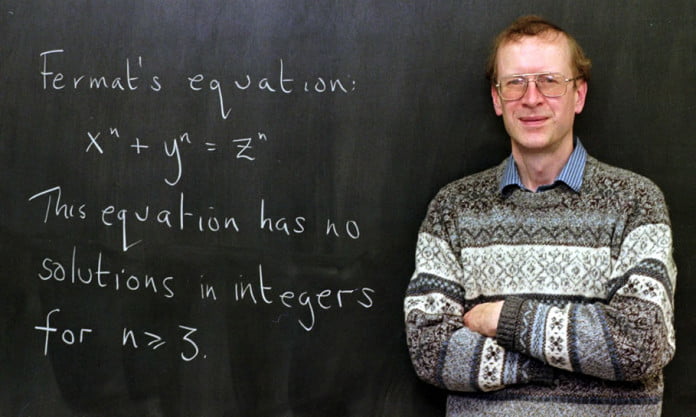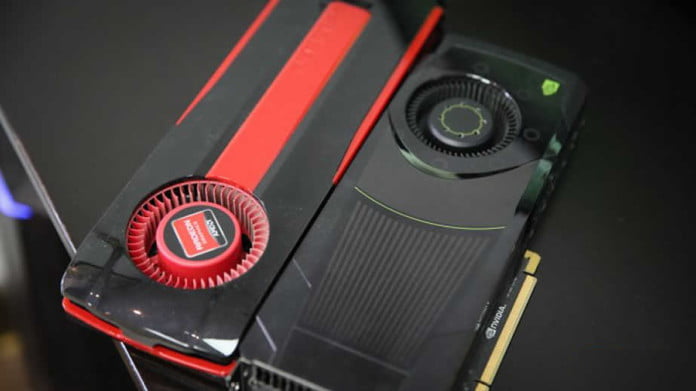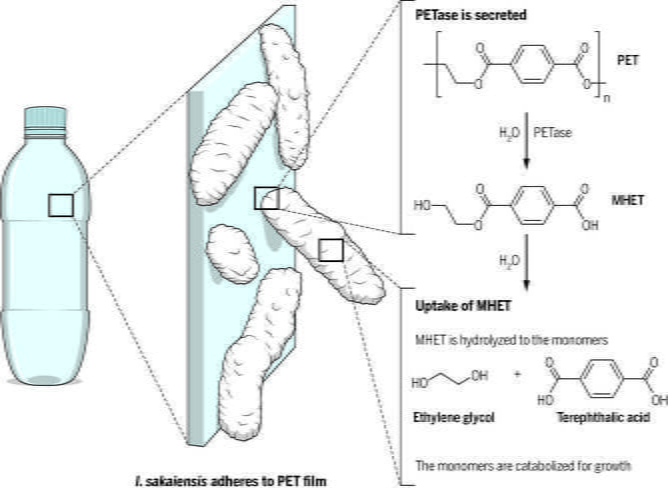At Wednesday’s Microsoft Build keynote, an announcement made developers the most excited was even nerdier. The crowd went nuts when Microsoft announced that a full version of the Bash command line interface is coming from Linux – an operating system that former Microsoft CEO Steve Ballmer once likened to “a cancer” – to Windows 10 this summer.
Also Read : The best Linux distro for beginners
Ubuntu’s bash and Linux command line coming to Windows 10
For Microsoft, it’s a big part of its crucial appeal to the developers building apps on Windows 10.
If you’ve ever used the command prompt on Mac OS X, you’ve seen Bash in action. Even though it’s entirely text-based, it offers a lot of power and flexibility for a developer or IT pro to interact with a system, and so it’s been a mainstay of most programmers’ workflows since its introduction way back in 1989.
To make it work, Microsoft partnered up with Canonical, developers of the mega-popular Ubuntu Linux operating system. Thanks to some technical wizardry work by the two companies, Windows 10 now has a way to run Ubuntu software.
Microsoft also says that running Ubuntu software on Windows has little-to-no drop in performance.
It’s also a big extension of Microsoft’s newfound love of Linux on its Microsoft Azure cloud. This takes that same philosophy and brings it straight to developers and their daily lives.
It’s a big part of Microsoft’s Windows 10 story: Microsoft needs developers on board with Windows 10 if it wants to succeed. And to do that, Microsoft needs to make the operating system as friendly as possible to the ways they like to work.
Also Read : The best Linux distro for beginners
What other features can we expect in the new update ?
For starters, the free update delivers Windows Hello biometric authentication to the Edge browser and apps.
The second feature focuses on stylus input, called Windows Ink.
“We lose notes in our notebooks, take pictures of whiteboards, and can’t do equations or music composition with a keyboard. Windows Ink is an all-new experience, putting the power of Windows in the tip of your pen, enabling you to write on your device as you do on paper, creating sticky notes, drawing on a whiteboard, and easily sharing your analog thoughts in the digital world,” Microsoft’s Terry Myerson said in a blog post.
Supported apps include Edge, Maps and Office, while Microsoft claims that developers can add the feature to their apps with “as little as two lines of code”.
Cortana is the third big focus point, as the firm introduced a Cortana Collection on the Windows Store, Cortana functionality above the lockscreen and text messaging on your phone via the desktop version of Cortana.
Microsoft also had Xbox-related news, saying that the Xbox edition of the Anniversary Update will bring the Windows Store to the console.
Microsoft’s HoloLens also saw some news, as the company confirmed that it was shipping out the device to developers.
Also Read : YouTuber brings broken smartphone back to life – as a robot


